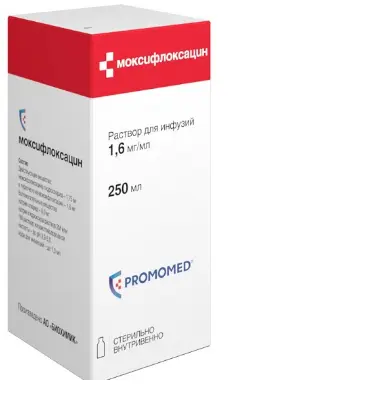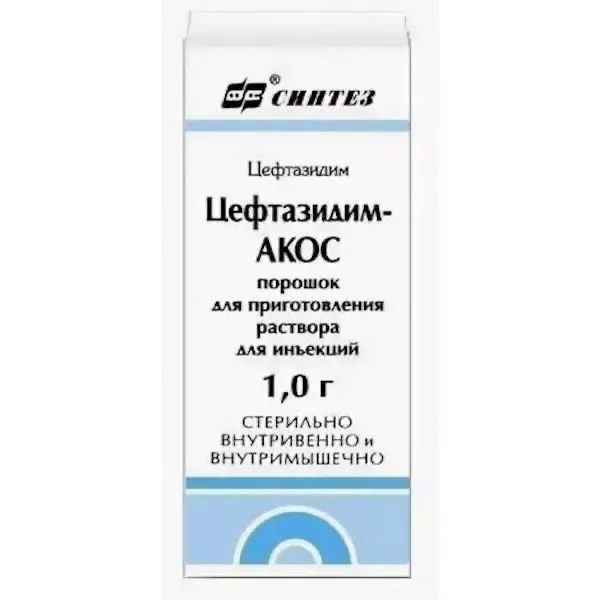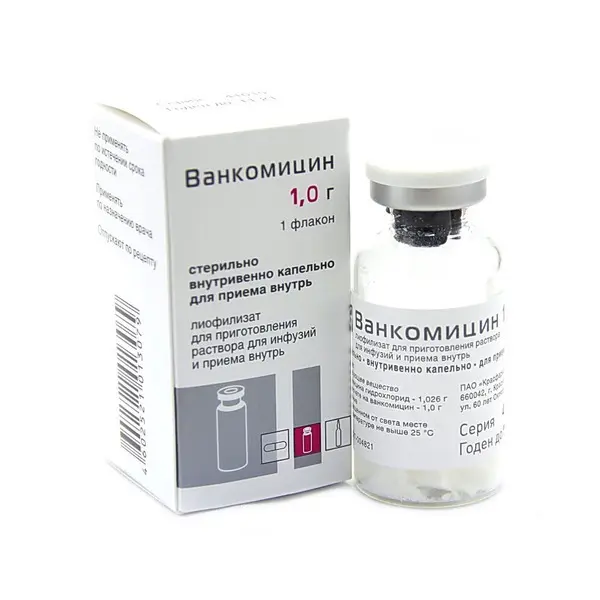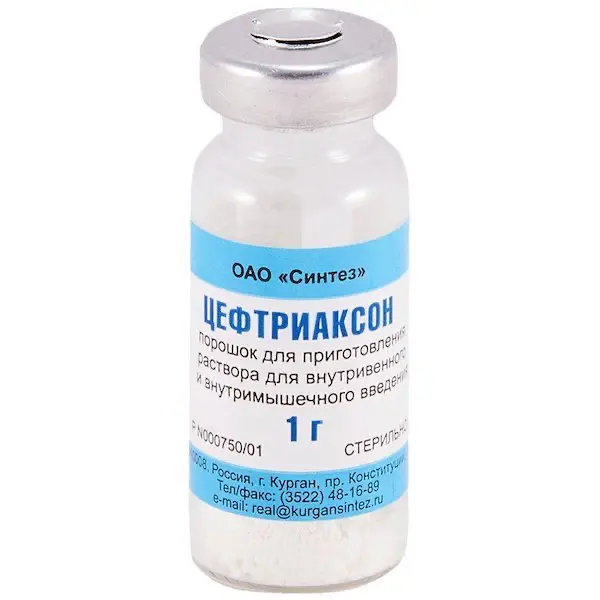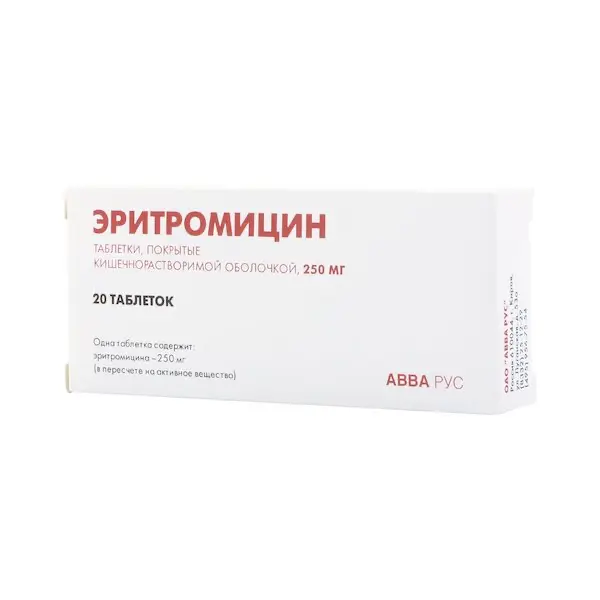Description
Moxifloxacin Pharmacodynamics
Mechanism of action
Moxifloxacin is a broad spectrum bactericidal antibacterial agent, 8-methoxyfgorquinolone. Bactericidal effect of moxifloxacin is due to the inhibition of bacterial topoisomerases II and IV, which leads to disruption of replication, repair and transcription of DNA biosynthesis of the microbial cell and, consequently, to the death of microbial cells.
Minimum bactericidal concentrations of moxifloxacin are generally comparable to its minimal inhibitory concentrations (MIC).
Mechanisms of resistance
The mechanisms leading to the development of resistance to penicillins, cephalosporins, aminoglycosides, macrolides, and tetracyclines do not affect the antibacterial activity of moxifloxacin.
Cross-resistance between these groups of antibacterial agents and moxifloxacin has not been observed.
No cases of plasmid resistance have been observed so far either. The overall incidence of resistance is very low (10-7-10-10).
Resistance to moxifloxacin develops slowly through multiple mutations. Repeated exposure of microorganisms to moxifloxacin in concentrations below the MIC is accompanied by only a slight increase in the MIC.
There are cases of cross-resistance to quinolones. Nevertheless, some gram-positive and anaerobic microorganisms resistant to other quinolones retain sensitivity to moxifloxacin.
It was found that the addition of methoxy group in position C8 to the structure of moxifloxacin molecule increases the activity of moxifloxacin and reduces the formation of resistant mutant strains of Gram-positive bacteria. The addition of the bicycloamino group at the C7 position prevents the development of active efflux, a mechanism of resistance to c-fluoroquinolones.
Moxifloxacin in vitro is active against a wide range of Gram-negative and Gram-positive microorganisms, anaerobes, acid-fast bacteria and atypical bacteria such as Mycoplasma spp., Chlamydia spp., Legionella spp. as well as bacteria resistant to lactam and macrolide antibiotics.
Indications
Infectious-inflammatory diseases caused by microorganisms sensitive to moxifloxacin:
– Community-acquired pneumonia, including community-acquired pneumonia, the causative agents of which are strains of microorganisms with multiple resistance to antibiotics*;
– Complicated skin and soft tissue infections (including infected diabetic foot);
– Complicated intra-abdominal infections, including polymicrobial infections, including intraperitoneal abscesses.
* Streptococcus pneumoniae with multiple antibiotic resistance includes penicillin-resistant strains and strains resistant to two or more antibiotics from such groups as penicillins (at MIC ? 2 µg/ml), second generation cephalosporins (cefuroxime), macrolides, tetracyclines and trimethoprim/sulfamethoxazole. Current official guidelines on the use of antibacterial drugs must be taken into account.
Contraindications
– Hypersensitivity to moxifloxacin, other quinolones or any other component of the drug;
– Under 18 years of age;
– Pregnancy and breast-feeding;
– history of tendon pathology developed as a result of treatment with quinolone antibiotics;
– electrophysiological changes of heart parameters, such as prolongation of QT interval: congenital or acquired documented prolongation of QT interval, electrolyte disorders, especially uncorrected hypokalemia; clinically significant bradycardia; clinically significant heart failure with decreased left ventricular ejection fraction; history of rhythm disorders with clinical symptoms;
– use with other drugs that prolong the QT interval (see section “Interaction with other medicinal products”);
– liver function abnormalities (class C according to the Child-Pugh classification) and increased “hepatic” transaminase activity more than five times the upper limit of normal, due to the limited amount of clinical data.
Dosage and administration
- Adults
Recommended dosage regimen of moxifloxacin: 400 mg (250 ml of solution for infusion) once a day for infections listed above. The recommended dosage should not be exceeded. - Duration of treatment
The duration of treatment is determined by the localization and severity of the infection, as well as the clinical effect.
– Community-acquired pneumonia: the total duration of step therapy with moxifloxacin (intravenous infusion followed by oral intake) is 7-14 days;
– Complicated infections of the skin and subcutaneous structures: the total duration of stepped therapy with moxifloxacin is 7-21 days;
– Complicated intra-abdominal infections: the total duration of step therapy with moxifloxacin is 5-14 days. - The recommended duration of treatment should not be exceeded.
- According to clinical studies the duration of treatment with moxifloxacin can reach 21 days.
- Elderly patients
There is no need to change the dosage regimen in elderly patients. - Children
Efficacy and safety of moxifloxacin use in children and adolescents has not been established. - Liver dysfunction (class A and B according to the Child-Pugh classification)
Patients with liver dysfunction do not need to change the dosage regimen (for use in patients with cirrhosis, see section “Cautions”). - Renal failure
In patients with impaired renal function (including patients with severe renal failure with creatinine clearance ? 30 ml/min/1.73 m2), as well as in patients on continuous hemodialysis and long-term outpatient peritoneal dialysis, the dosage regimen does not require changing. - Use in patients of different ethnic groups
No change in dosage regimen is required. - Directions for use
The drug is administered intravenously as an infusion during not less than 60 min both undiluted and in combination with the following compatible solutions (using T-adapter):
– water for injection;
– 0.9% sodium chloride solution;
– 1M sodium chloride solution; 1.9% sodium chloride solution; 1M sodium chloride solution;
– 5% dextrose solution;
– 10% dextrose solution;
– 40% dextrose solution; 40% dextrose solution;
– 20% xylitol solution;
– Ringer’s solution;
– Ringer’s lactate solution;
If the drug moxifloxacin solution for infusion is used together with other drugs, each drug should be administered separately. - A mixture of the drug solution with the above infusion solutions remains stable for 24 hours at room temperature.
- Because the solution cannot be frozen or refrigerated, it should not be kept in the refrigerator. When refrigerated, a precipitate may precipitate, which dissolves at room temperature. The solution must be stored in the production container. Only clear solution should be used.

